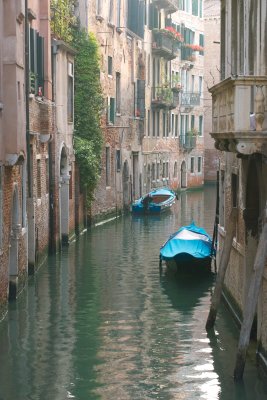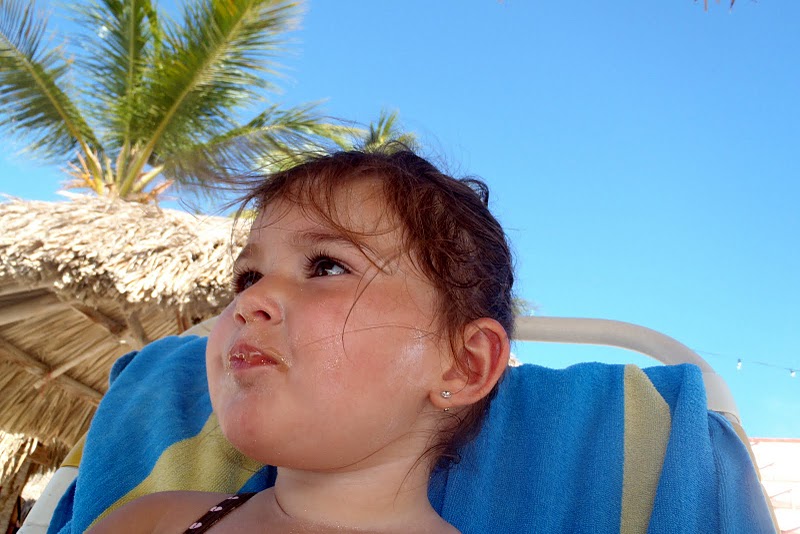When I travel I take photos of a variety of subjects like waterways, buildings, cultural events, the local people, landscapes, conveyances, nightlife, myself and my wife, things I see around me -- pretty typical stuff. I rarely plan for photographs. Instead I just take the best shots I know how at the moment that I want to record a memory or otherwise see something beautiful.
I know there are worse and better ways to compose shots (eg rule of thirds), better and worse ways to plan for and handle lighting conditions (eg magic hour), more and less interesting subjects (eg beautiful architecture).
What I'd like know is what recommendations do you have to make travel photos more compelling? How do you move from moderately interesting shots to something really engaging? Are there photo principles that apply especially to travelling? How do you increase the likelihood of catching something really special? Are there any recommendations on post-processing hundreds or thousands of different subjects?






